Using solar energy, the Cambridge University device can operate in any open water without electricity.
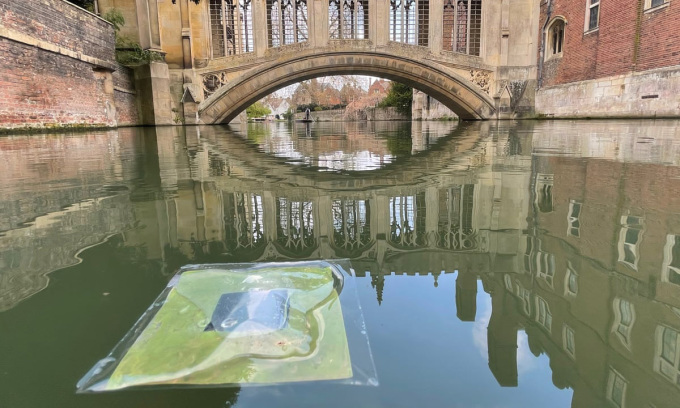
The floating device is tested on the River Cam, Cambridge. Photo: Virgil Andrei
Inspired by photosynthesis, a team at the University of Cambridge has developed a solar-powered device that can simultaneously produce hydrogen fuel and clean water from seawater or polluted water, New Atlas reported on November 14. Because it can operate in any open water and does not require an external power source, the device can be installed in remote areas or places with limited resources. The new research was published in the journal Nature Water.
Photocatalytic water splitting converts sunlight directly into hydrogen, but typically requires purified water and land to build the plant, as well as generating waste heat. The Cambridge team’s photocatalytic device can use any untreated water, making it a more sustainable solution.
They placed the photocatalyst material that absorbs ultraviolet light on a nanostructured carbon mesh that absorbs infrared light to create steam that the photocatalyst material uses to produce hydrogen. The porous carbon mesh, engineered to repel water, helps the photocatalyst material float and separate from the water below, preventing pollutants from interfering with its performance. In addition, the structure allows the device to harvest solar energy more efficiently.
The team used a layer of ultraviolet light absorbers on top of the floating device to produce hydrogen by splitting water. The remaining light from the sun's spectrum is transmitted to the bottom of the device, where it evaporates water. This process mimics transpiration - the process by which water moves through a plant and evaporates from parts such as leaves, stems, and flowers.
The scientists tested the device in a variety of water sources, including the River Cam in central Cambridge and turbid wastewater from the paper industry. In artificial seawater, the device retained 80% of its original performance after 154 hours. The team said that because the photocatalytic material is separated from contaminants in the water and remains relatively dry, the device can remain stable during operation.
Thu Thao (According to New Atlas )
Source link








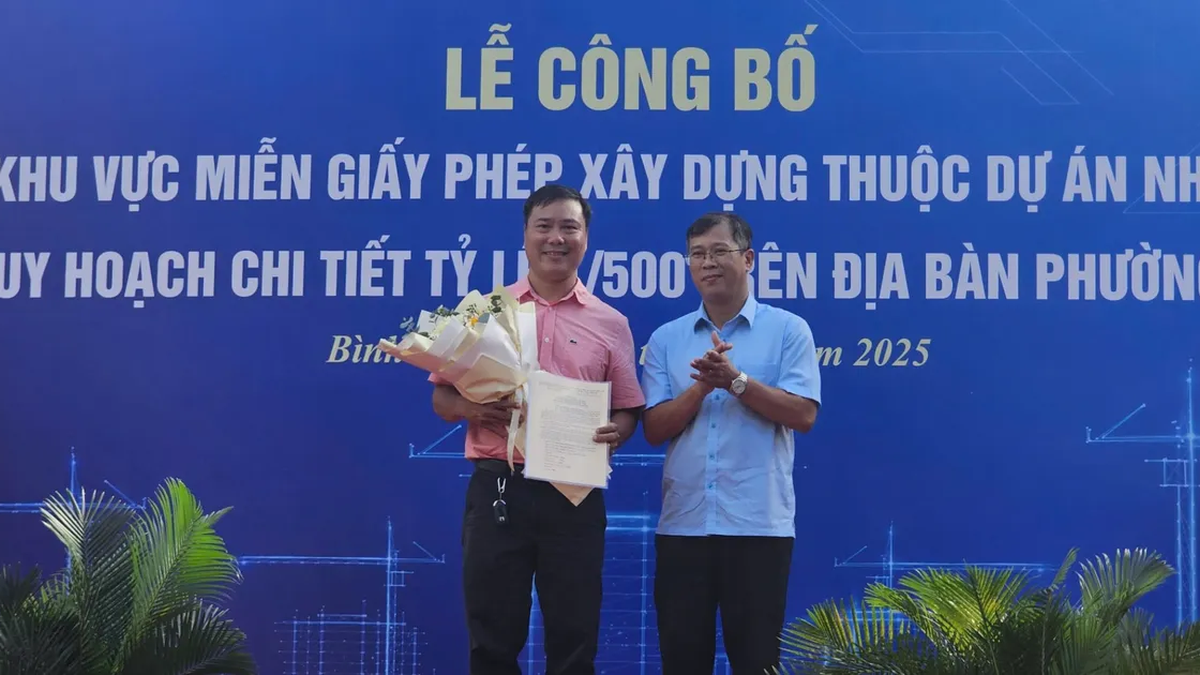












































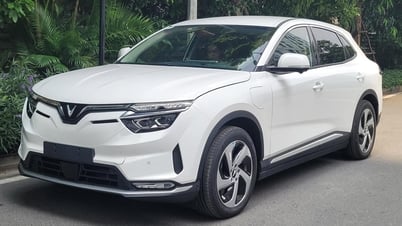









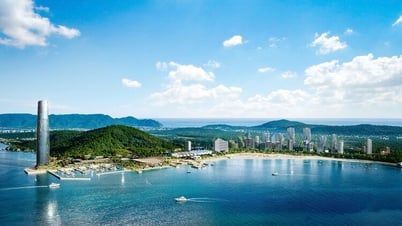












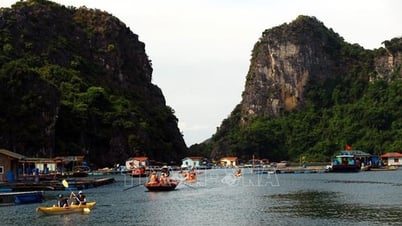





















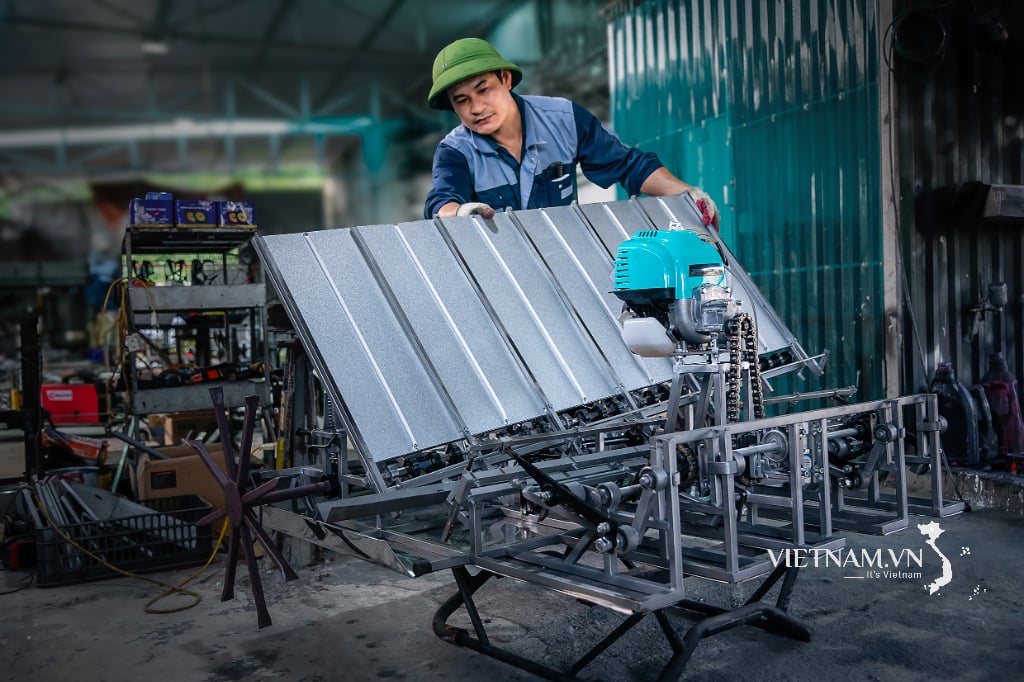


Comment (0)